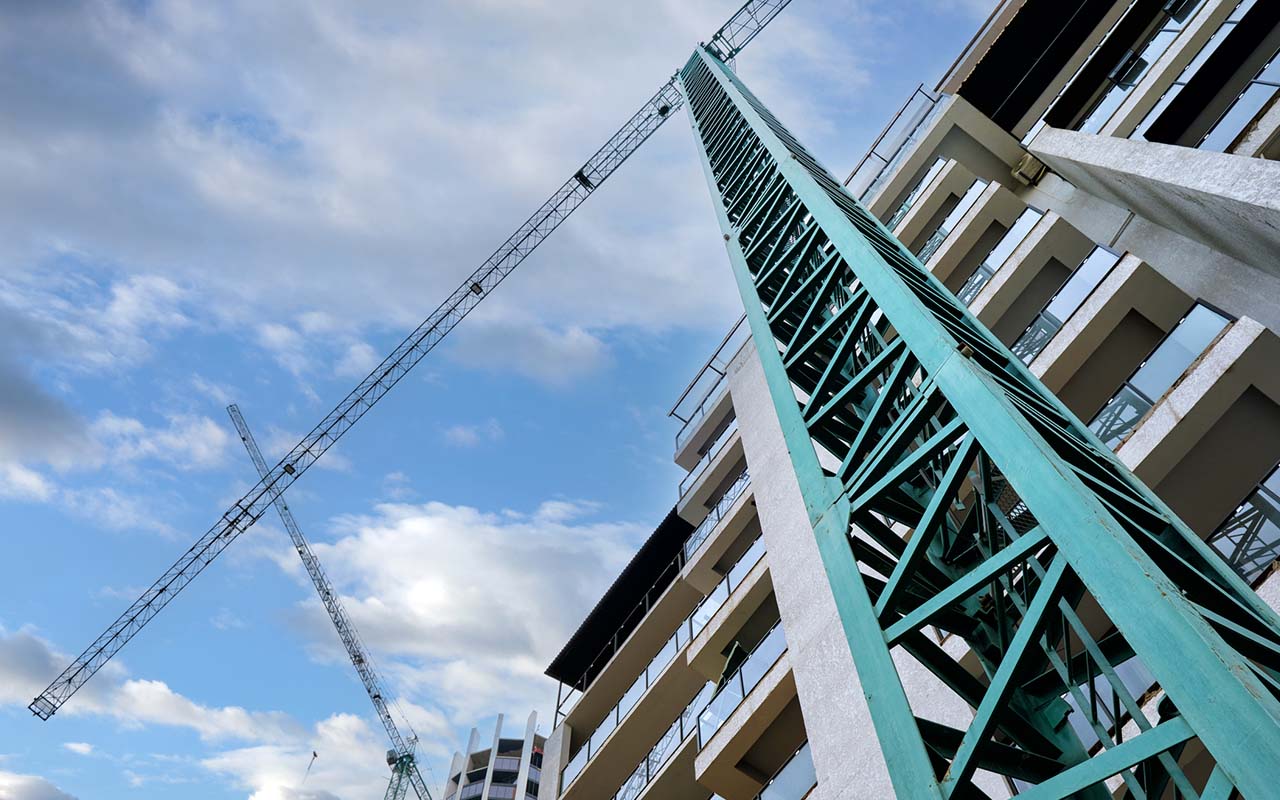Nov. 25, 2020
Brandee Kowalzyk Gives Back to Her Tribe in the Courtroom and Beyond
She doesn’t practice Native American law per se, however, for the past four years, partner Brandee J. Kowalzyk has been serving as a Court of Appeals Judge for the Fond du Lac Band of the Minnesota Chippewa Tribe, handling more than 100 pro bono hours in addition to her busy litigation practice.
Fond du Lac Band of the Minnesota Chippewa Tribe
Brandee is an enrolled member of the Fond du Lac Band of the Minnesota Chippewa Tribe. In order to be enrolled in a federally recognized tribe, a person must meet the tribe’s required blood quantum (typically more than one-quarter Native blood) and showing direct descent from one or more recognized members of the tribe. In 2016, Brandee received an inquiry from the Tribe, asking her to consider applying to serve as a judge on the Tribe’s newly created Court of Appeals. Since then, Brandee has been serving as an appellate court judge for the Fond du Lac Band, handling mostly election-related appeals and appeals arising from evictions from tribal housing. The Fond du Lac Band, located on the shore of Lake Superior in northeastern Minnesota, is one of six bands that make up the Minnesota Chippewa Tribe. Each band has its own civil ordinances, and the Court of Appeals has jurisdiction to hear appeals arising from the decisions of the Tribal Court, as that court applies and interprets the tribe’s ordinances. In addition to hearing appeals arising from the Tribe’s trial court’s application of tribal ordinances, as her band’s Appointee to the Minnesota Chippewa Tribe Election Court of Appeals, Brandee also hears appeals correlated to election-related ordinances of the Minnesota Chippewa Tribe.
Brandee grew up in North Dakota, Montana, and Wyoming, all of which have large Native populations, the majority of which reside on reservations. Although she was born on a reservation, Brandee did not grow up on a reservation, as her father worked in the oil fields and the family moved to be in close proximity to those work sites. Brandee has fond memories of spending her summers on a reservation in North Dakota, visiting her grandmother.
“I know what it feels like, both being Native and living on a reservation and also being a Native person who lives elsewhere,” said Brandee. “I encourage people to educate themselves about the tribes and reservations in their home states. Until you visit these reservations, you cannot appreciate the poverty and adversity that Native people face.”
Miles Apart, Forever a Tribe
Brandee moved to Atlanta in 2000 and attended law school there. While she lives and works thousands of miles from her tribe and has a litigation practice that focuses on product liability rather than Indian law, Brandee has found a way to show her gratitude to the tribe by serving as a tribal Court of Appeals judge on a pro bono basis.
"My tribe funded a scholarship that largely put me through law school. I don’t know if I would have been a lawyer if not for that scholarship,” said Brandee. “When the Tribe asked me to serve as a Court of Appeals judge, their only concern was whether they could afford my hourly rate. Serving in this role on a pro bono basis offered me the perfect opportunity to pay back a debt I never thought I would be able to repay."
Brandee finds the appeals she hears fascinating, although the work comes with professional challenges she did not anticipate. “When I first signed on to be a tribal Court of Appeals judge, I did not realize that, in many of these cases, my heart would want to render an outcome that my head, and the law, will simply not allow.”
While Brandee enjoys giving back to her community through her judgeship, there are also several social justice issues affecting American indigenous populations that she holds close to her heart. She was recently interviewed by Jim Rogers for a diversity panel hosted by the International Association of Defense Counsel (IADC) where she spoke on the lack of representation of indigenous people in the legal realm as well as the marginalization of the native population.
“There are only 4.5 million full- or half-Native American people in the entire country,” said Brandee during the IADC diversity panel. “And that’s not enough to have a loud voice about any issue or to have a strong lobby.” This lack of a strong voice or presence is why Brandee believes there is such an unrecognized crisis facing Native women.
The Missing and Murdered Indigenous Women Act was introduced last year to bring awareness to the staggering numbers of native women being murdered at rates that exceed the national average tenfold in some native communities. The White House created Operation Lady Justice Task Force that aims to enhance the operation of the criminal justice system and address the legitimate concerns of American Indian and Alaska native communities regarding missing and murdered people — particularly missing and murdered women and girls.
More recently, Savanna’s Act passed in September. The bill directs the Department of Justice to review, revise, and develop law enforcement and justice protocols to address missing or murdered Native Americans. To learn more about Savanna’s Act, click here.
Staggering Statistics
Reservations have a poverty rate of 26%, compared to a national rate of 12.7%. Only 36% of adult males in high-poverty native communities have full-time, year-round employment. Of all Native Americans living in South Dakota, 51% currently live in poverty.
The Blackfoot Reservation in Montana provides a particularly bleak picture of the economic struggle facing Native people. The Blackfoot Reservation has an annual unemployment rate in excess of 65%. These are the people whose aboriginal lands once included Glacier National Park.
Additionally, Native people and particularly Native youth face suicide rates far in excess of the national averages. Between 1999 and 2017, overall suicide rates in this country increased 53%. However, during that same time period, the suicide rate increased 139% for Native Americans. Suicide is the second leading cause of death among Native youth in the 15-24 age range, at a rate 2.5 times greater than the national average.
Too often we bring attention to disparities of minority populations with little guidance or education on how to combat those inequities. Brandee suggests the following:
- The online resource: Operation Lady Justice Task Force
- The movie “Wind River” (2017), starring Jeremy Renner, which takes place on the Wind River Indian Reservation in Wyoming and which was created to bring attention to the crisis facing Native women and girls.
- “There There” by Tommy Orange (2019). Listed in NY Times one of the 10 best books of the year and as a Pulitzer Prize finalist. This novel provides insight into life for Natives living in urban areas.
- “On the Rez” by Ian Frazier (2001). This movie takes place on the Pine Ridge Indian Reservation, the poorest Indian Reservation in the country.
Nelson Mullins celebrates Native American Heritage Month by honoring the accomplishments of the original inhabitants, explorers, and settlers of the United States as they contribute to American society.







